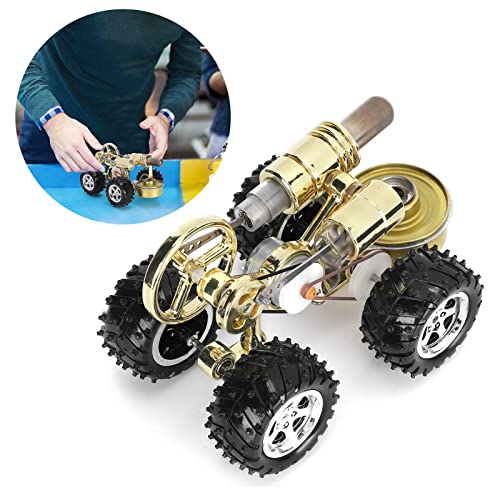Thanks a lot for such interest in this problem. I am very impressed by the assistance you have given.
Ken: That is EXACTLY what I'm getting. Does it go away if you manually feed with the saddle wheel? How about turning the leadscrew by means other than the gears?
Marcello: I will try your suggestions on the weekend. I will rig something up on the gears end of the leadscrew and drive it with a battery drill and see what happens.
Dave: Another idea I have is to mount 3 lasers on the toolpost pointing in X Y and Z axis and shine the lasers on the walls and ceiling. That will amplify any movement and maybe that will give me a clue. I'm not sure what this will tell me but it would be interesting to play around with this.

Lew: Yes they are the same pitch as the leadscrew. I agree...this is certainly a head-scratcher. :-(
Jason: I'll take the saddle/leadscrew assembly apart on the weekend and report back. Notch's idea about the camlock is interesting, thanks.
I bought this unit from an ebay store based in Adelaide, South Aust and returning the unit is not an option as the freight costs involved would far outweigh the benefit. I want to try to fix this problem with everyone's help and maybe help someone else with the same prob.
I am sure that by taking a systematic process of elimination, we will find the solution...As Dave said "We will leave no stone unturned"
(I wonder if I will get the same banding if I turn a stone) :big: :big:
I'll try to do a few things this evening but I'll leave most of the disassembly stuff until Friday and hopefully get some positive result.
In the meantime, keep the letters coming folks!

Cheers and thanks again.
Joe
























![DreamPlan Home Design and Landscaping Software Free for Windows [PC Download]](https://m.media-amazon.com/images/I/51kvZH2dVLL._SL500_.jpg)












![TurboCAD 2020 Designer [PC Download]](https://m.media-amazon.com/images/I/51UKfAHH1LL._SL500_.jpg)











![MeshMagic 3D Free 3D Modeling Software [Download]](https://m.media-amazon.com/images/I/B1U+p8ewjGS._SL500_.png)


















